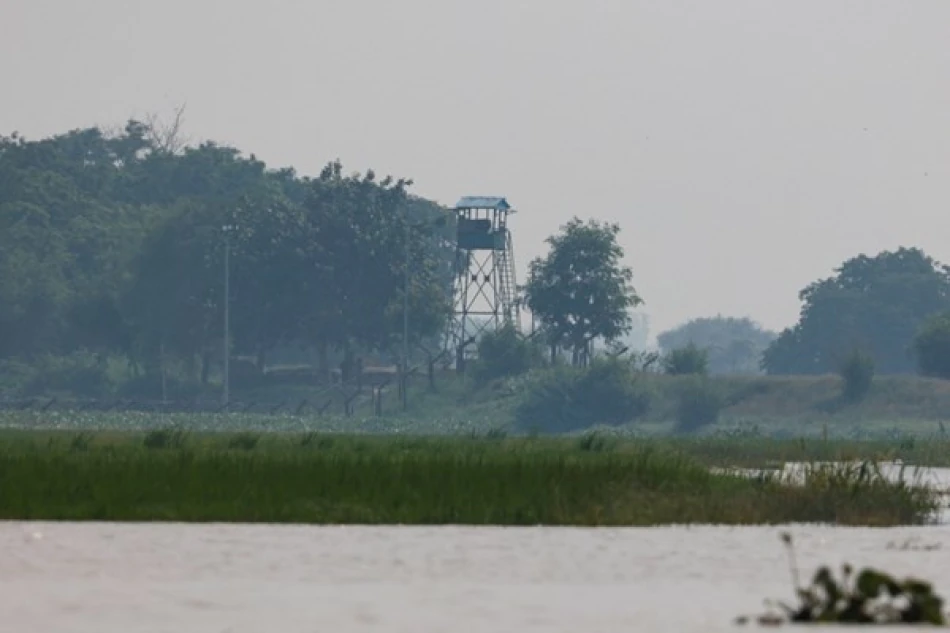
Pakistan Grapples with Deadly Downpours as Heavy Rains Persist
Pakistan Faces Deadly Flash Floods as Infrastructure Struggles Under Climate Pressure
At least seven people have died in Dera Ismail Khan as torrential rains batter Pakistan, exposing the country's vulnerability to extreme weather events that are becoming increasingly frequent and deadly. The flooding has paralyzed major cities including Islamabad and Rawalpindi, highlighting Pakistan's urgent need for climate-resilient infrastructure as it grapples with overlapping monsoon seasons.
Urban Centers Overwhelmed by Flash Flooding
Heavy rainfall lasting several hours transformed streets into rivers across Pakistan's capital region. In Islamabad and the adjacent city of Rawalpindi, storm drains and waterways overflowed, creating widespread urban flooding that trapped vehicles and forced water into homes and businesses.
The Bhara Kahu area was particularly hard hit, with floodwaters reaching dangerous levels that disrupted daily life and commerce. The scale of urban flooding demonstrates how Pakistan's rapidly growing cities lack adequate drainage systems to handle intense precipitation events.
Death Toll Rises in Northwestern Province
Dera Ismail Khan, located in the volatile Khyber Pakhtunkhwa province near the Afghan border, bore the brunt of the casualties. The seven confirmed deaths underscore how Pakistan's peripheral regions often suffer disproportionately during extreme weather events due to limited emergency response capabilities and weaker infrastructure.
Climate Change Intensifies Pakistan's Weather Extremes
Pakistani authorities issued flood warnings on Thursday, anticipating more severe rainfall in the coming days. This proactive approach reflects lessons learned from previous disasters, though the country continues to struggle with removing debris and repairing damage from earlier monsoon seasons.
The overlapping weather patterns signal a troubling trend for Pakistan, which ranks among the world's most climate-vulnerable nations. The country experienced catastrophic flooding in 2022 that affected over 33 million people and caused economic losses exceeding $30 billion.
Infrastructure Deficit Compounds Natural Disasters
Pakistan's recurring flood crises expose a critical infrastructure gap that transforms manageable rainfall into deadly disasters. Unlike countries such as the Netherlands or Singapore that have invested heavily in flood management systems, Pakistan's urban planning has failed to keep pace with both climate change and rapid urbanization.
The current flooding occurs as Pakistan seeks international climate financing to build resilience against extreme weather. However, the immediate crisis demonstrates that early warning systems alone cannot substitute for comprehensive infrastructure upgrades and improved urban drainage capacity.
Economic and Social Implications
Repeated flooding cycles create a devastating economic burden for Pakistan, disrupting agriculture, damaging property, and straining government resources. The pattern of annual flood damage followed by slow recovery efforts traps communities in cycles of vulnerability, making each subsequent weather event more destructive.
For a country already facing economic pressures and seeking international financial support, the recurring climate disasters represent both an immediate humanitarian challenge and a long-term development obstacle that requires sustained investment in adaptive infrastructure.
Most Viewed News

 Layla Al Mansoori
Layla Al Mansoori






